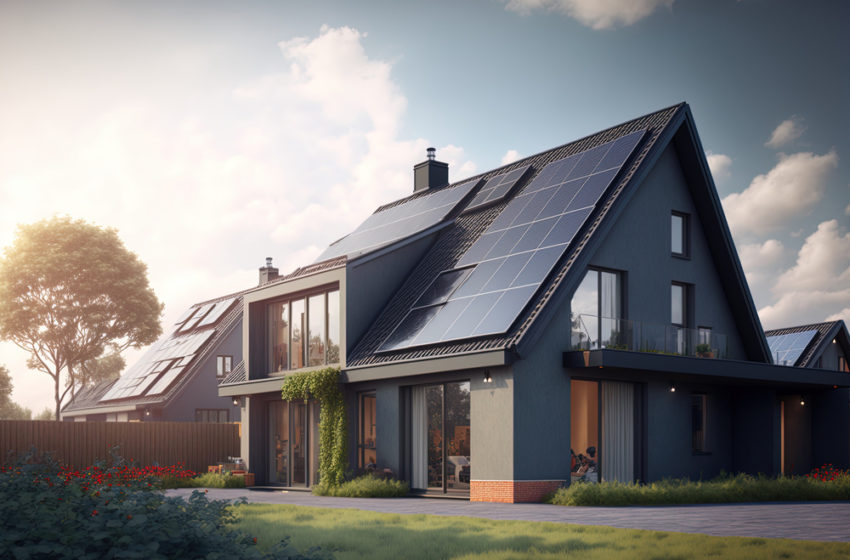Watts of Wisdom – How to Choose the Right Home Solar Panel System
Installing solar panels allows homeowners to generate clean renewable energy while reducing electric bills. But according to the good folk at Vivint Solar, not all solar energy systems are created equal. The size you choose dramatically affects how much of your home’s electricity needs can be met through solar. Selecting the properly sized solar array is crucial to maximize returns on your investment. Follow this solar sizing guidance to help choose the ideal system for your household.
Understand Energy Usage
The first step in right-sizing your solar system is analyzing your past utility bills to estimate your home’s annual energy consumption. Review a full year of statements to account for seasonal fluctuations. Note how much power your household uses each month on average. This provides your baseline for determining the solar array production capacity needed.
Allow for Future Needs
Besides evaluating current energy use, also project your expected future electricity needs. Do you expect adding electric vehicles, hot tubs, or other major appliances? Will you expand living spaces or install upgraded amenities? Summarize likely near-future additions requiring significant power.
Calculate Necessary System Size
With a firm handle on your home’s total existing and future electricity needs, you can ballpark the necessary solar array size to deliver that power. The general rule of thumb is each kilowatt of solar panels can supply 100-150 kilowatt-hours per month on average. But productivity varies based on panel efficiency, mounting, geographical sunlight levels and local weather patterns. Your installer will account for these factors and identify the ideal system specifications.
Account for Rooftop Suitability
Another factor affecting optimal solar system sizing is the usable space available on your home’s roof. Solar panels require adequate unshaded south-facing space at the proper angle. If your rooftop’s geometry limits potential solar array size, you may have to scale down your system or explore ground mounts or secondary rooftop space. Let the realities of your home’s construction play a role in solar specifications.
Maximize Roof Usage
For homes with expansive available roof real estate, you may consider maxing out your potential array size. Oversizing beyond your estimated requirements futureproofs your system for additional energy needs and electric vehicles. It also allows you to sell excess power back to the utility company. But overdoing rooftop solar panel quantity can lead to structural concerns, outweighing benefits. Only scale up moderately within safety margins.
Energy Storage Capacity
If your solar installation includes battery storage, adjust capacity to support essential overnight loads and backup needs. Critical loads like refrigeration, lighting, and medical devices dictate minimum battery capacity. Supplementing grid power outages requires batteries that can sustain critical loads for the longest regional outage durations.
Partial Sun Considerations
Even with a south-facing unshaded roof, partial sun exposure resulting from location or weather may impact production. Coastal, forested, and northern latitude homes see lower yields. Cloudy or stormy regional weather also reduces solar intensity. To compensate, increase system size where possible or integrate more battery backup. Know your environment and local conditions when planning solar capacity.
Grid Tie or Off-Grid
Finally, decide if your system will connect to the existing electrical grid or operate off-grid entirely. Grid-tied systems can be smaller since the grid supplements solar power. But off-grid solar arrays must be robust enough for complete energy independence. This also necessitates substantially larger battery banks. Know your connectivity before finalizing solar specifications.
Conclusion
Appropriately sizing your home’s solar panel system involves careful consideration of current and future energy needs, available space, roof geometry, local conditions impacting sunlight, and grid connectivity options. Sized just right, your solar array delivers free renewable energy for maximum savings for decades to come.
















